How to start a design business: 9 tips for success
Top advice on how to start a design business direct from those who have done it.
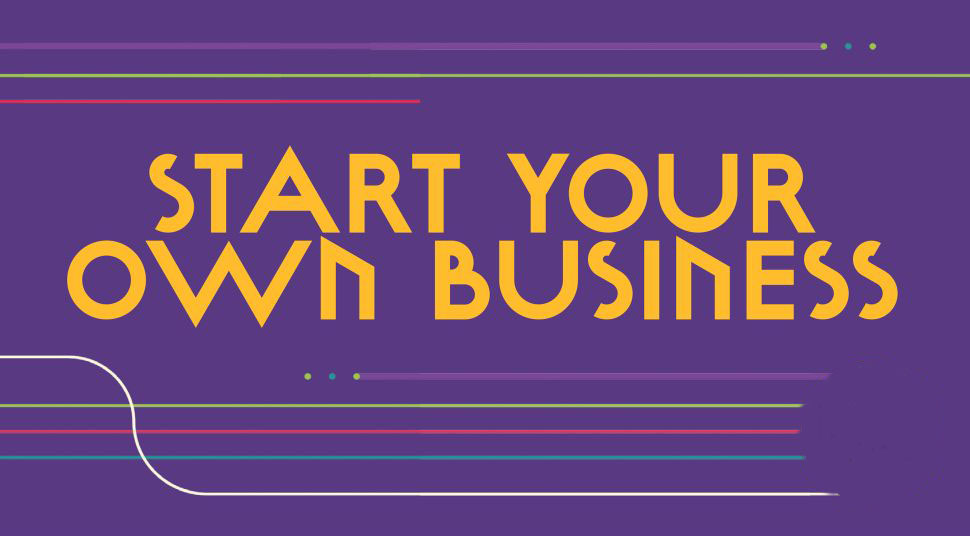
It can be difficult to know how to start a design business. No matter how much experience you have, it can be hard to know when the time is right and how to take the plunge. Maybe design began as a side hustle that's slowly taken over and you're wondering whether it could become a sustainable career, or maybe you've been working as a freelancer or in-house at an agency and you want to take the plunge to launch a new venture.
You certainly wouldn't be alone. A lot of designers have ambitions to run their own businesses, whether it’s freelancers setting up with friends, or designers moving out of full-time employment to become their own boss. But how to go about it?
A new year is a good time to take stock and decide where you want to go next, and in this article, we'll be speaking to several designers who did just that and who'll be sharing nine top tips on how to start a design business. The good news is that now is perhaps one of the best times for small design businesses to be able to promote themselves (of course, to do that, you'll want a good portfolio, so make sure you see our selection of design portfolios for inspiration. And you might also want to see our piece on how to create the perfect design resumé).
“I see a lot more small independent studios that are all successfully creating their own little corner in the industry,” observes Tom Muller, founder of independent design studio helloMuller. “The value of good design has also seen a lot of businesses being driven by design — which is a good thing for us independent designers.”
Yes, there's now more appreciation of design than even, and a lot of tools available for designers to promote their business But still, for all those who strike out on their own there are many tales of failure, and being a successful freelancer doesn't necessarily mean you know how to run a fully fledged business. So how can you prepare yourself with the right tools and mindset for success? Read on for our nine tips on how to start a design business.
How to start a design business: 9 tips for success
01. Ask yourself 'why?'
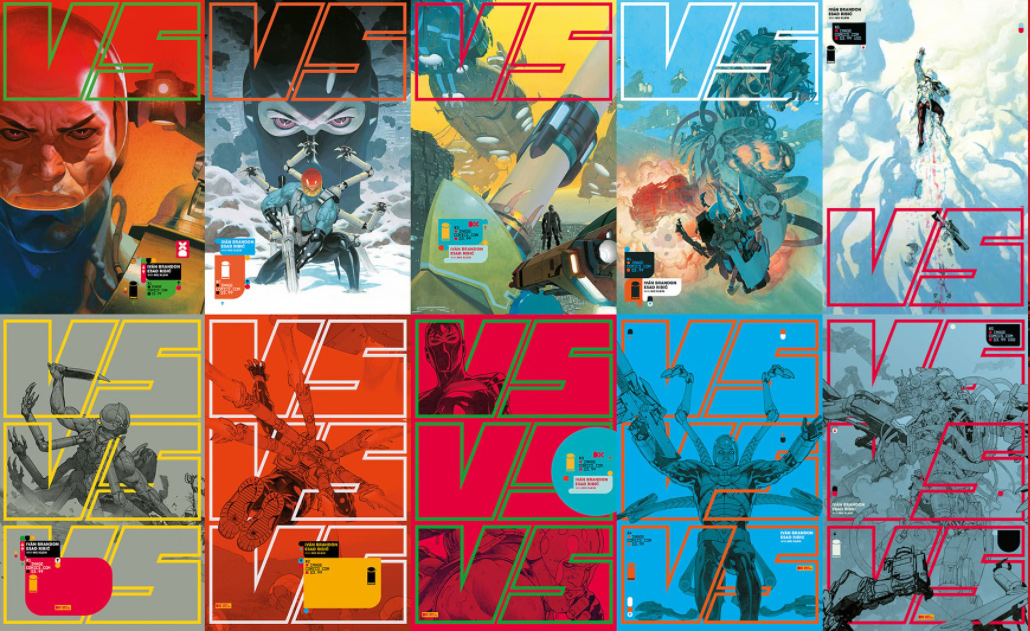
Before you go any further, one of the first things you should do if you're thinking of starting your own design business is to ask yourself why? What do you want to achieve? Is it to make a larger income from design or to have a greater influence on the industry? Or do you simply want more freedom in how you work and who you work with? helloMuller started life as a portfolio and a creative banner under which Muller would collaborate on design projects with artists, publishers and brands. In 2010, he converted the brand into a fully fledged independent studio and continued working with clients in the publishing, film, tech, fashion and arts industries.
“The reason I set up the studio in the first place is because it gives me a space to work independently on projects I can choose.” says Muller. “The freedom to choose my own projects and client relations and build my own body of work is the main drive.” helloMuller has always run as a solo operation, but the nature of the work and clients means Muller often collaborates with other creatives and artists.
Daily design news, reviews, how-tos and more, as picked by the editors.
Working predominantly in publishing and entertainment, Muller counts Marvel, DC Comics and Valiant Entertainment, Image Comics, Sony Pictures, and various production companies in the film industry amongst his clients — working on everything from visual identities, publication design to image making.
“I’ve never set out to have a specific philosophy for the studio, but the aim is, and always has been, to create work I’d like to see out in the world.”
02. Make a plan and use your existing experience
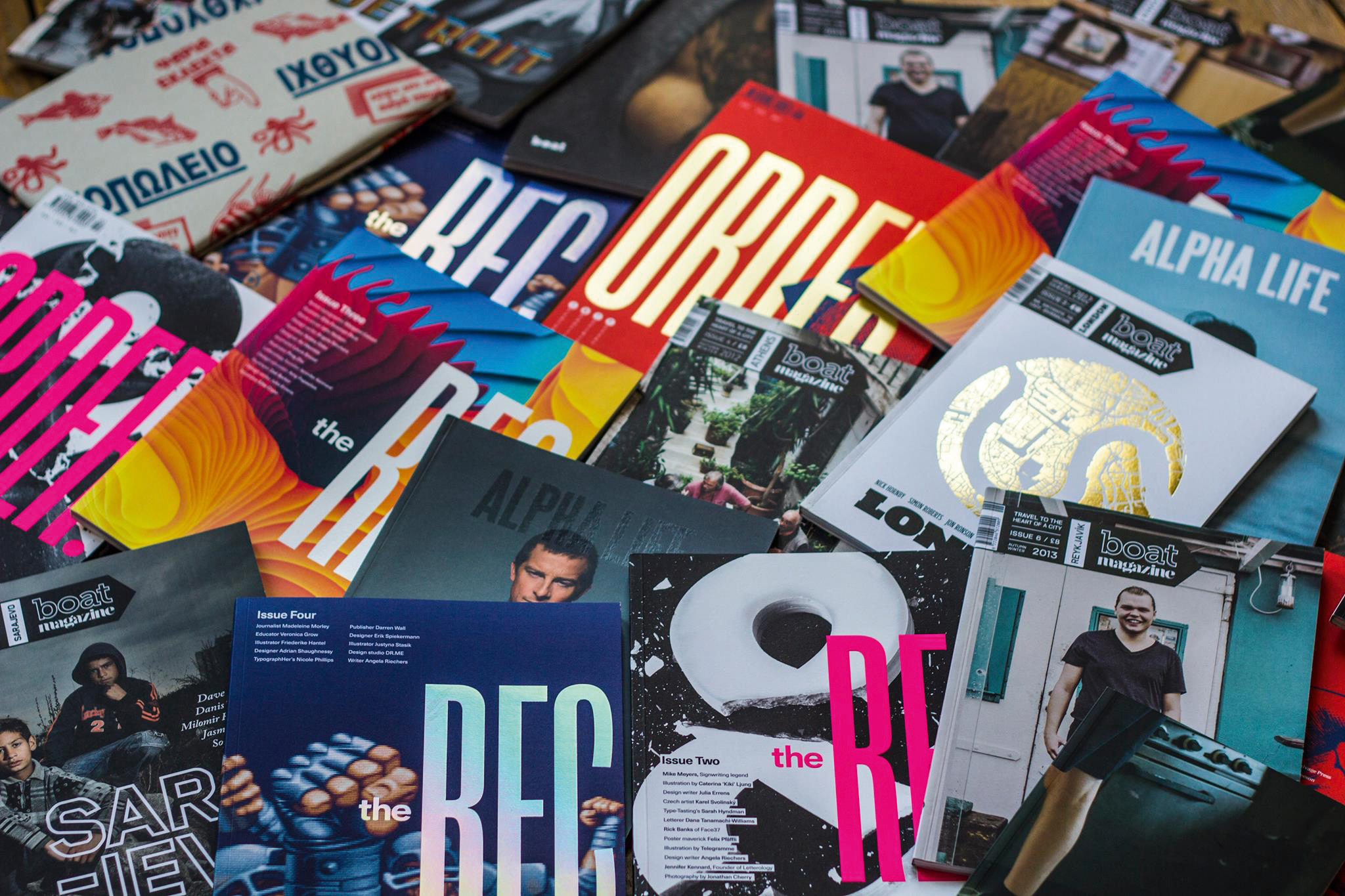
Planning is vital, and if you already have several years of working in-house or for an agency, your experience can guide you. While jumping in headfirst may sound exciting, getting a few years of studio experience can make all the difference, not least by equipping you with the people skills you need to succeed in a competitive market.
When Birmingham-based graphic designer and art director Luke Tonge quit his full-time job to pursue his passion for editorial design and brand identity, it was meticulously planned. He made the move after spending 10 years working at large agencies while juggling an impressive side hustle of freelance design work, most notably design and art direction at The Recorder magazine for Monotype.
“I’ve got a great professional support network, locally and further afield and I had some clients who had promised me work," Tongue said. "Plus the day I actually left my job I was offered a couple of days a week teaching at Birmingham City University, so that was the cherry on the cake in terms of circumstances aligning.”
“I initially worried about going freelance, lacking confidence," he admits, “then I found my freelance career was flourishing but I’d hit a ceiling in my job. It became increasingly clear there was only one sensible way to go — and I figured if it all went pear-shaped I could head back to an agency sharpish.”
Tonge also launched the first Birmingham Design Festival, an experience that helped grow his existing network and establish his reputation within the local creative community. But he stresses that the experience he gained in a decade working for agencies was invaluable for his solo venture.
"Fail on someone else’s dime; learn from the experience that will surround you and start to build a picture of the kind of business you’d want to run,” recommends Tonge. “I’m amazed when kids do it straight from university — if it works for you then more power to you, but for me, 10 years was the amount of experience I needed before I felt ready to stand on my own.”
While there are no hard and fast rules to starting a business, digital and content strategist Sarah Seaton, founder of Riot and Ritual, believes that personal drive and the right mindset goes a long way to setting you on the right path. For better or worse. “Your journey is your journey,” says Seaton. “Freelancing or running your own business really forces you to take a hard look at yourself, your values and how you want to live your life.”
03. Make every job count
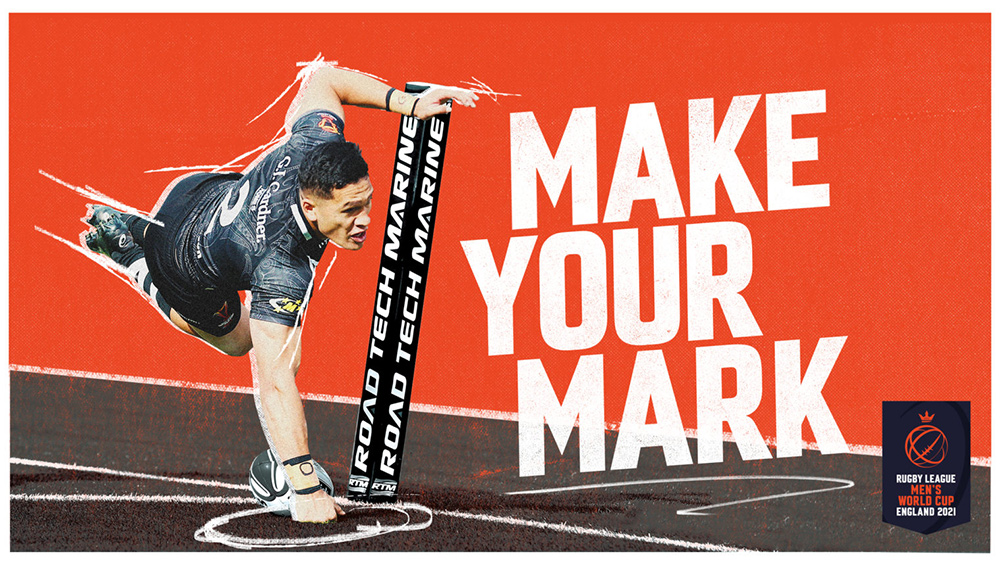
Of course, experience is great, but how to start a design business if you don't have it but you're determined to start out on your own from the outset? And if you don't have experience in the industry, chances are you might not know where to start in terms of making a plan for your business. Bristol-based designer Jason Smith saw early on that the direction for him was to start his own business. He had a handful of interviews at uninspiring agencies after finishing university and decided to stop looking for roles and direct his efforts at starting self-initiated projects with like-minded people.
That decision led him to join forces with fellow creative Ben Steers to start their own studio: Fiasco Design in late 2013. With a portfolio demonstrating a flair for digital, their client list since then has included the likes of Channel 4, Penguin Books, Aardman Digital and Orange. How did they get established without experience and without a plan?
“When we started the agency we didn’t start out with any predefined idea of what we wanted to be or how we wanted to grow,” admits creative director Steers. “There was no five-year business plan, no company road map, no grand vision. Any dreams or ideas we did have for the business you could have fit onto a post-it note.”
“Getting things off the ground and turning the business into something that paid us a full-time wage wasn’t easy and took a good year or so to do. The only way we managed to do this was by saying yes to everything and then worrying about the rest later.”
One of the biggest hurdles for Fiasco as a young agency was getting prospective clients to trust them; they were often seen as a riskier option in comparison to larger agencies. One way to get over that was to commit themselves fully and put all their passion into every job to building a business culture based on trust and honesty.
"The assumption was always that if we did good work, the rest would follow. That’s kind of how it’s worked out," says Steers. “We’ve always had a ‘small agency, big ideas’ mentality and this has really helped us make the transition from working with local companies to national and international brands.”
04. Ask for help when you need it

Smith says it's also a good idea to leave your ego at the door and to surround yourself with good people. “Forget egos; you need to be able to be honest and ask for help when you need it," he says. "Especially from friends and peers that have been in similar situations. It’s just as important to discuss your problems with like-minded friends as it is to share your successes.”
The point of seeking help from others can be vital for anyone setting up their own business – and even more so if you're setting up somewhere new. Swedish designer and photographer Jenny Theolin began her career in London but then relocated back to her native Stockholm. “Find your champions,” she advises. “When I started, I had made many friends who were also business owners. They shared everything from contract templates to new business advice. Moving country, I had to start this all over again. So be prepared for this process being never-ending.”
05. Watch your finances
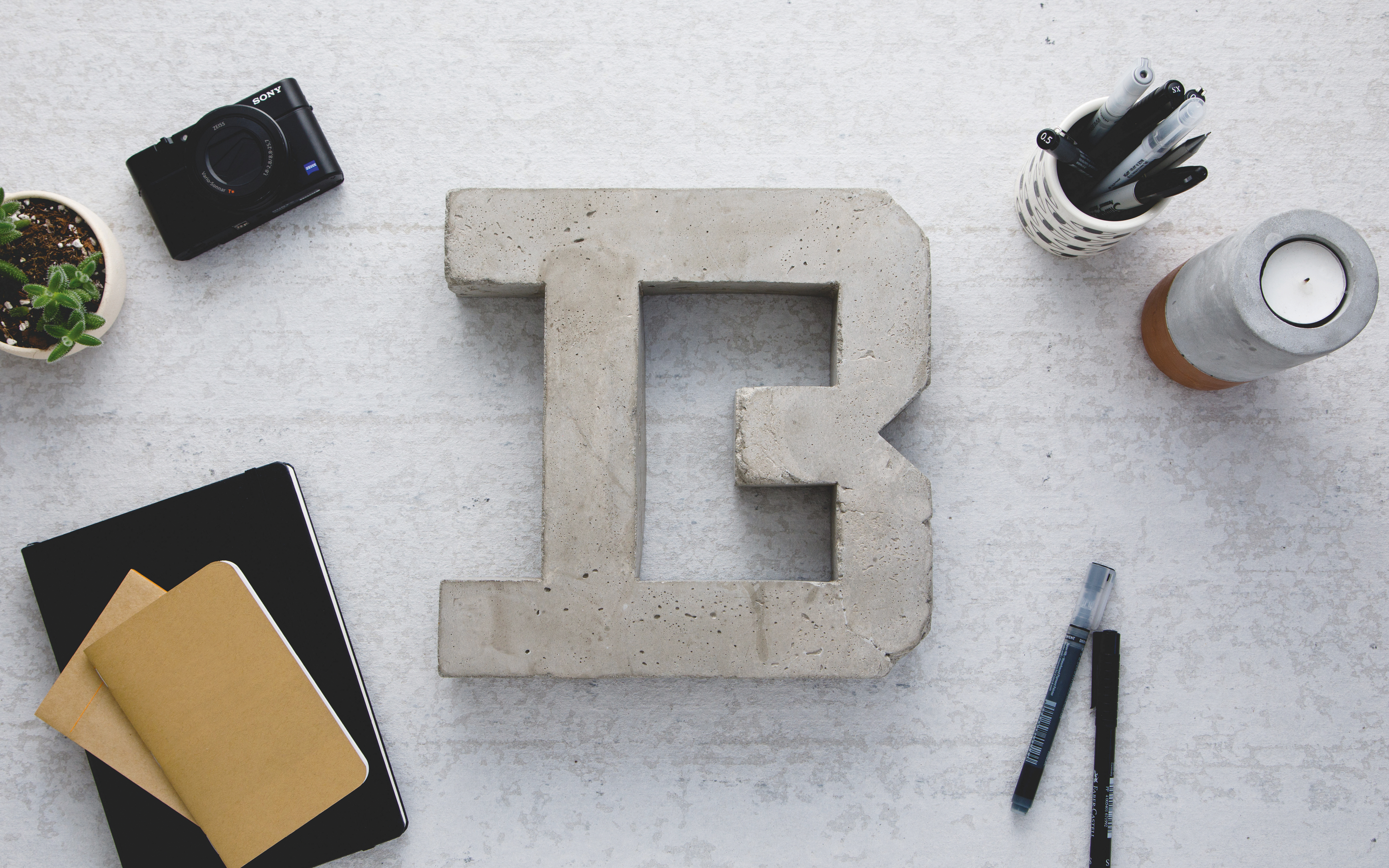
Surviving the first few months takes commitment and strict management of your outgoings. Forget expensive equipment and a new office. Until you’ve got your fees figured out and a steady stream of clients, you need to spend as little as possible (although some essentials like one of the most powerful laptops are obviously a must).
As Tonge advises: “Save hard when the money is good – have a rainy day fund bank account that you can tap into when necessary – and keep a good pipeline of work so there’s always an iron or two in the fire.”
Decide how best to bill for your time, too. Whether by the hour, the day, or project-to-project, it has to work for you, says Seaton. “Day rates are a constant point of contention for me,” she admits. “I have set day rates, though they’re flexible depending on the project. If I know it’s a long-term piece of work then I’m happy to lower the day rate, as the stability this gives is added value for me.”
That’s a sentiment shared by Paul Felton, co-founder of Common Curiosity, who prefers to judge the value of a project on more than profit. An independent rebrand may not pay anywhere near what a global brand would pay for a similar job, but the value it offers may outweigh the instant cash reward.
“Perhaps you get a great portfolio piece from it, or you help out someone in need and maybe get a few recommendations,” says Felton. “We try and look at the bigger picture and factor in lots of these aspects. Our approach is to estimate how long we think the project will take in hours and days, then from our day rate assign a cost to that,” he continues. “One of the difficulties we have is we operate in two cities where budgets and expectations of what things cost are quite different.”
Felton and co-founder Alex Woolley, another Birmingham designer met while employed at digital agency Purpose, where they worked together for almost four years, sharing a similar approach and philosophy. Initially striking out on his own as a freelancer, Felton enlisted Woolley to help deliver a couple of larger projects, leading to a conversation about whether it would be sustainable full time.
“We had a lot to iron out – we were in different cities for one,” says Woolley. “But we were keen to align on what we wanted – from clients, size, disciplines… We made sure we took the time to consider it properly, but in the end, it felt like a no-brainer and Common Curiosity officially got going in February 2016. We were fortunate to have Royal Mail as one of our first clients, that we both loved working for at Purpose, so it was a very natural progression for us to start working together again.”
06. Set clear principles and strategies

Theolin advises setting clear principles and models to guide the decision-making in your business. “I use the Friends, Fame, Fortune model (a project has to tick at least two), as well as the Good, Cheap, Fast model (you can only pick two). I also have principles around costing. I have a client screening process and always ask for per cent upfront. I also cost in value, not time, I include challenge framing in the billing, and I never pitch.”
For Theolin, relocating back to Sweden provided her with an opportunity to rediscover her home city, and cement it as part of her overall strategy for fuelling her career.
“When I moved to Sweden, one of my strategies was to become an authority on Sweden. My tactics included immersing myself in the city, culture and industry,” she says. Tweeting on behalf of @Sweden, being elected chairwoman of Design Sweden, launching Glug Sweden, and writing for three Sweden-related creative books helped cement her reputation and credibility.
For ideas on new outlets for your work, you can take a look at our guide to the best places to sell design online.
07. Nurture your clients
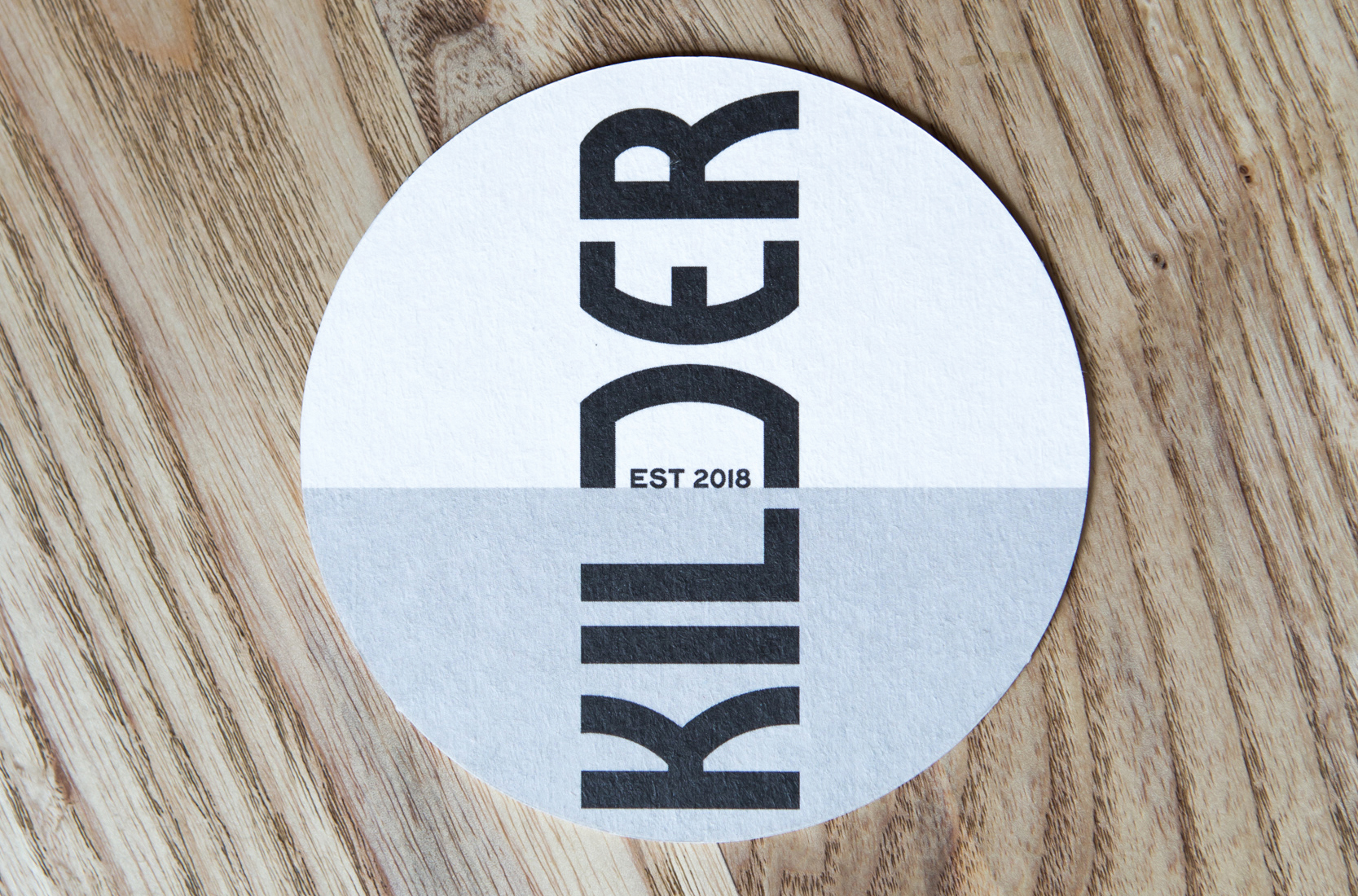
Once you’ve made the decision to start your own business it’s easy to get carried away by all the fun stuff – branding, website, business cards. But one of the most, if not the most, important activities is building and managing a client list. Companies that you work with in the early days often become long-standing clients, and nurturing relationships will stand you in good stead as you grow. We might be living in the digital age, but word of mouth recommendations can still make or break your success.
“The vast majority of our new clients come through recommendations,” says Wooley from Common Curiosity. "So we’ve really piled our efforts into doing great work for our existing clients, which often results in them then recommending us to others. If we get a foot in a new door, there’s no big sales pitch — that’s just not us. We meet for a coffee and find out about them and talk through some relevant case studies.”
Engaging with potential clients on social media can also raise your business profile — and be a surprisingly effective tool for winning work. “We rely pretty heavily on platforms such as Twitter and Instagram to help promote the business.” reveals Steers. “In the early days of the studio, we won a number of milestone projects through Twitter. Platforms and algorithms have changed a bit since then but if you’re starting your own creative business, it’s essential you get your work out there and social media is still one of the best, most cost-effective ways to do this.”
Respecting your clients' time is essential. “Treat everyone as if your business depends on them," recommends Tonge. "Don’t get walked over, but don’t forget that clients and potential clients are your new boss and they don’t owe you anything. It’s easy to think you’re doing the world a favour by taking on their projects, but that kind of hubris usually comes before a fall.”
08. Feel free to say no
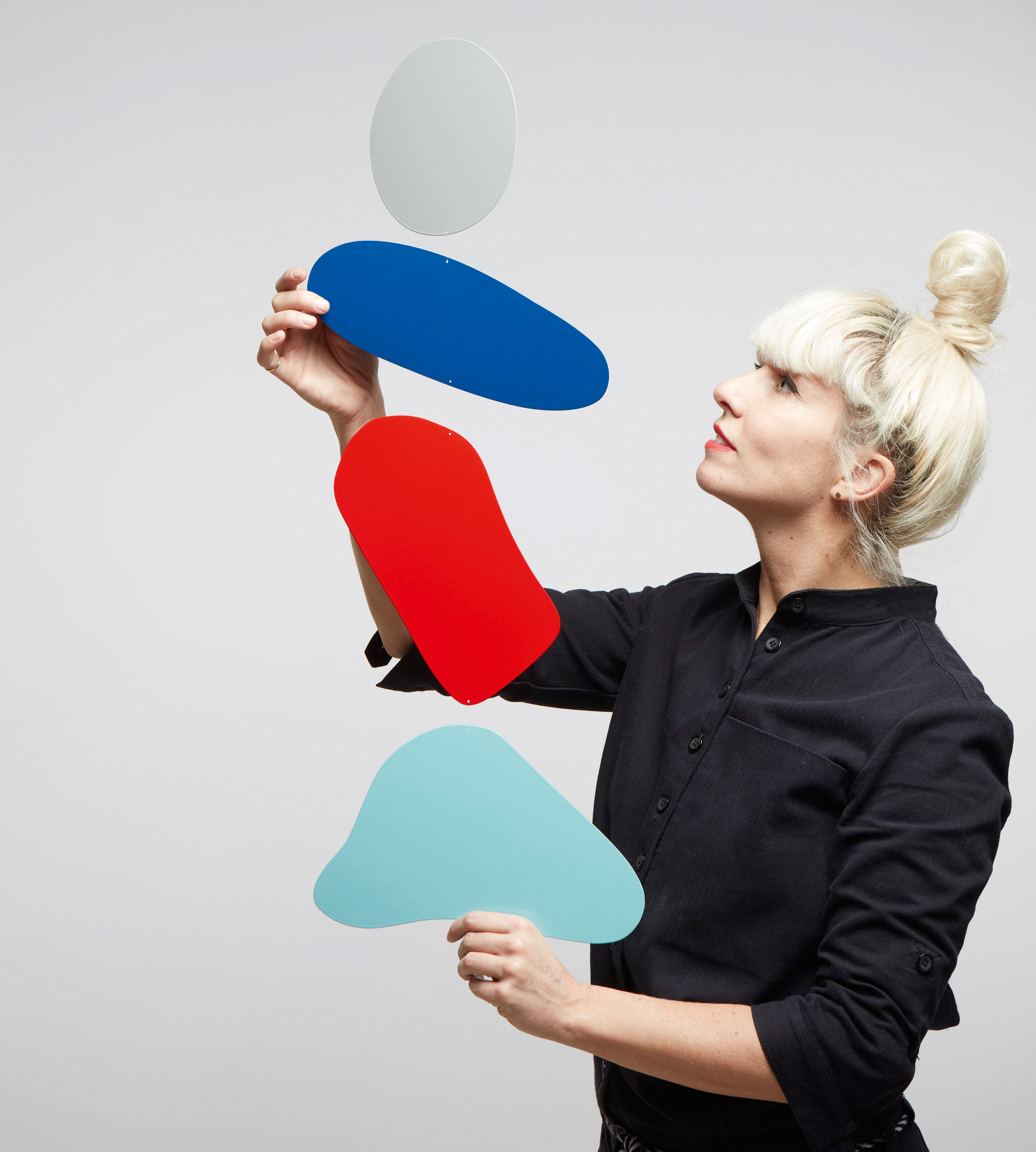
One of the hardest lessons to learn when self-employed is how to say no. Feeling the need to jump on work when it presents itself, even if its a little inconvenient or demanding, comes with the territory. But mastering the art of turning work down is always preferable to overcommitting yourself, which can result in problems with deadlines and a bad reputation with early clients.
“I’ve been in situations where I’d taken on too much work, which led to me spending a lot of time managing clients and explaining delays in delivery," Muller says. "That is not something you want to make a habit of. Planning projects properly is vital.”
Dutch illustrator and graphic designer Sue Doeksen agrees, warning that saying yes to everything can be detrimental if you don’t manage your time. “It’s impossible to give your full attention to everything, so try to get clear planning in place with some extra hours to play around with. Creatives have a responsibility to manage client expectations, but we also need to set our own deadlines.”

At the same time, we've mentioned above the importance of being able to commit all your passion to a project. If something comes up that you really don't feel excited about, or you feel goes against where you want to go with your business, you need to know when to reject it.
“It’s easy to just take what you can get because you’re suddenly responsible for your own paycheck," Seaton says. "As long as you prepare yourself for some quiet months you can start to carve out your path. Set your objectives and your mission and go from there!”
Doeksen agrees that taking on work for the sake of it can harm your mindset and performance. “Don’t say yes to assignments you really don’t think fit you,” she says, advising that it can be better to be selective and hold out for assignments that suit better, “otherwise you’ll end up producing work you don’t feel happy with.”
Be mindful too not to fall into the trap of taking on too much repeat business as doing so may cost you more creative opportunities. “Learning to say yes when you mean no, and no when you mean yes, can be hard," warns Theolin. "Sometimes it’s easier to accept repeat business without calculating the opportunity costs.”
09. Be nice to people
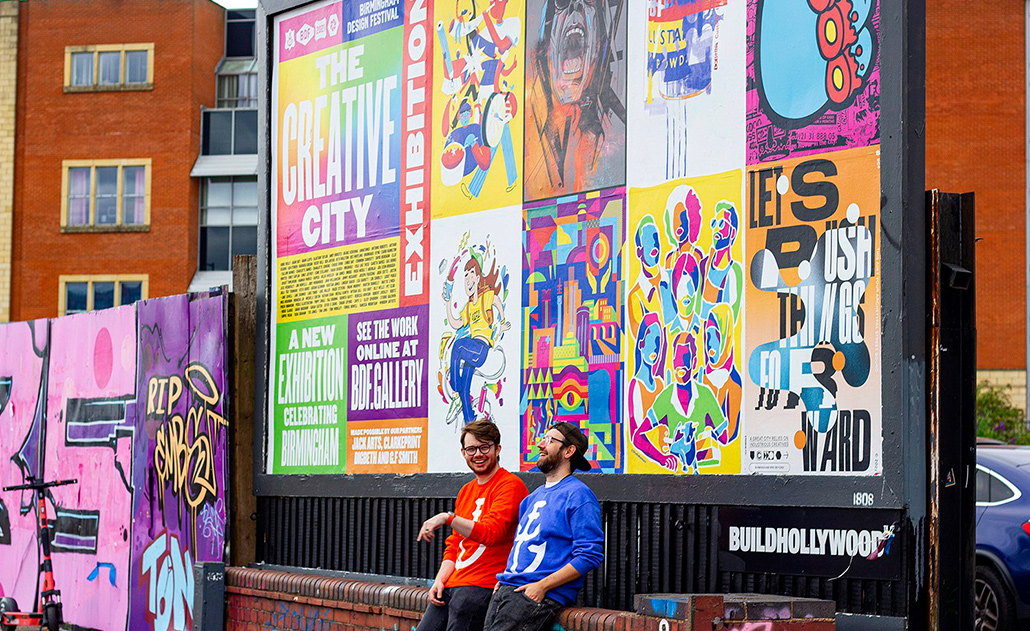
Arguably, people matter more than jobs, and in an industry so heavily reliant on relationships, how you make people feel is more important than the money you make from them, Tonge concludes.
“The more independent you become, the more you rely on other people outside of your immediate radius to support and sustain you: the client who pays your wage; the contractors you might bring in to work on a project, and so on," he says. "In an agency, you can act like an ass and maybe get away with it, but when you’re indie that isn’t the case! Work hard and be nice to people. It’s a privilege to make a living doing what we love."
Read more:
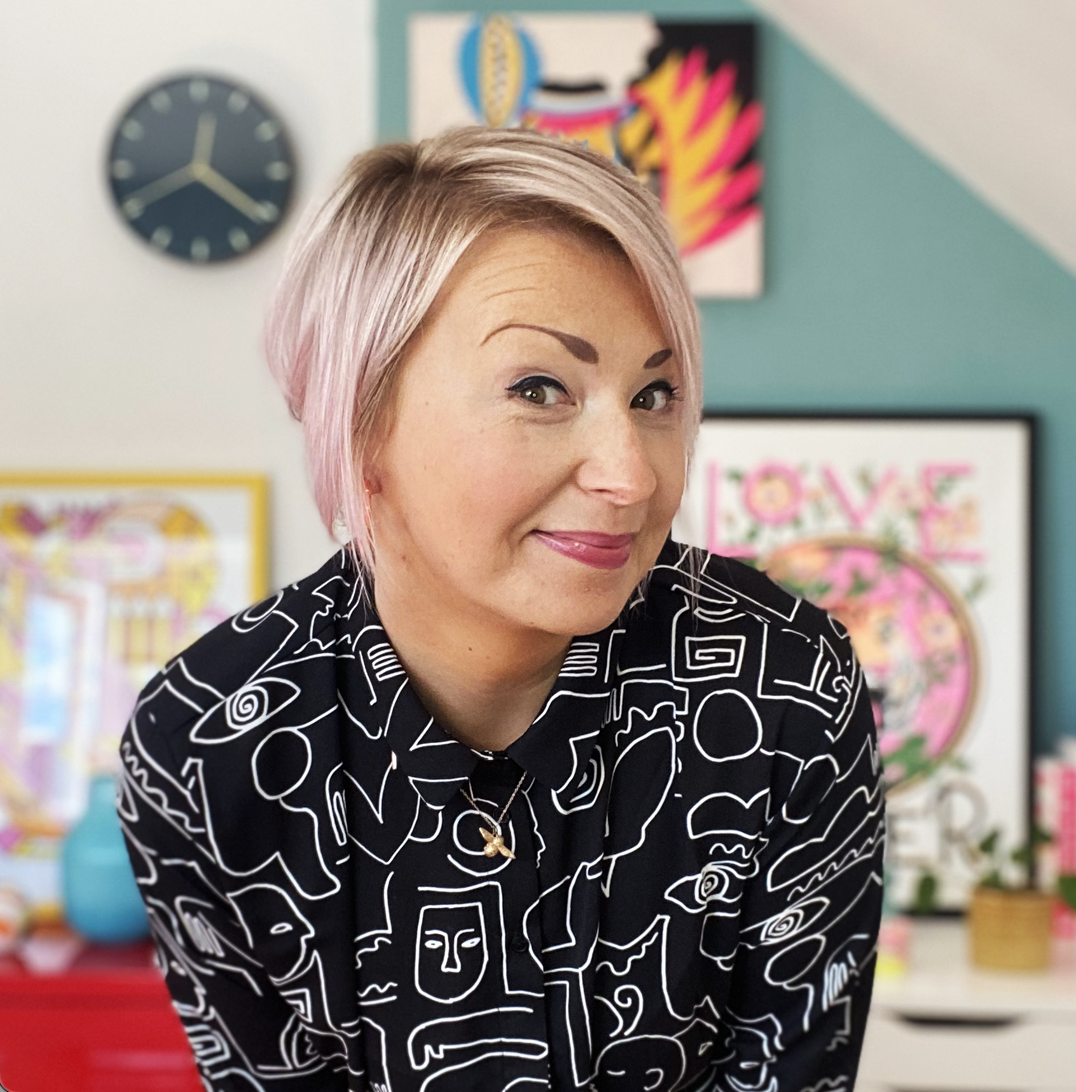
Lisa Hassell is a creative coach and the founder of Inkygoodness – a global community on a mission to connect, inspire, and empower the next generation of artists, illustrators and creative entrepreneurs.
